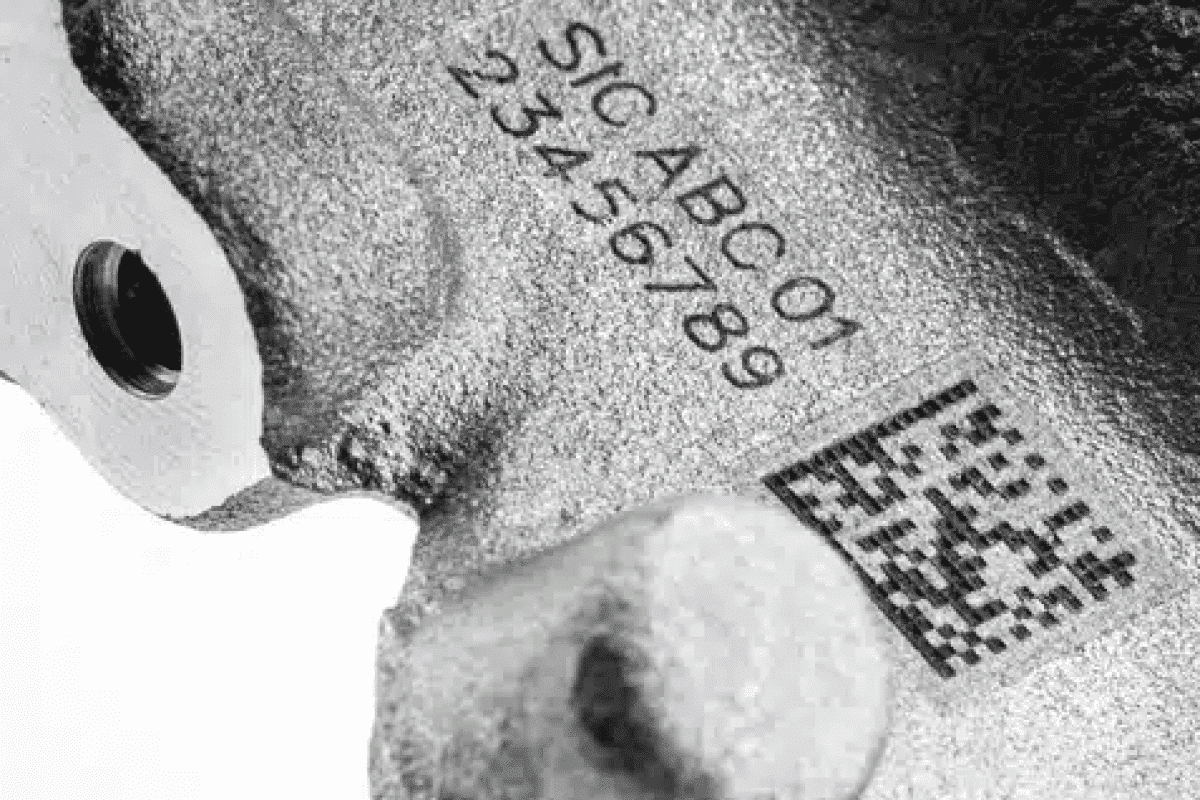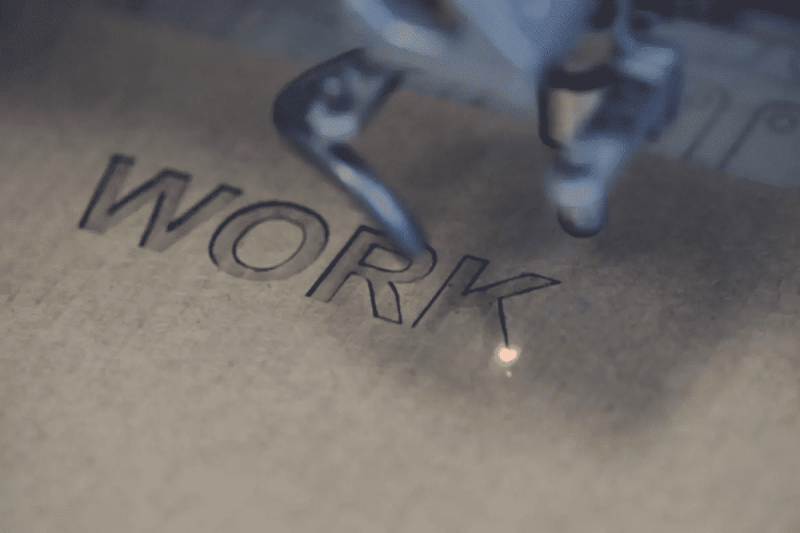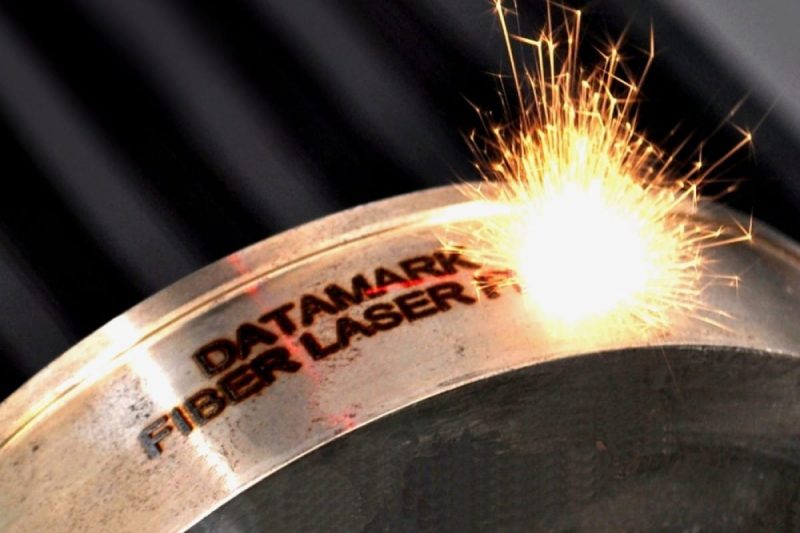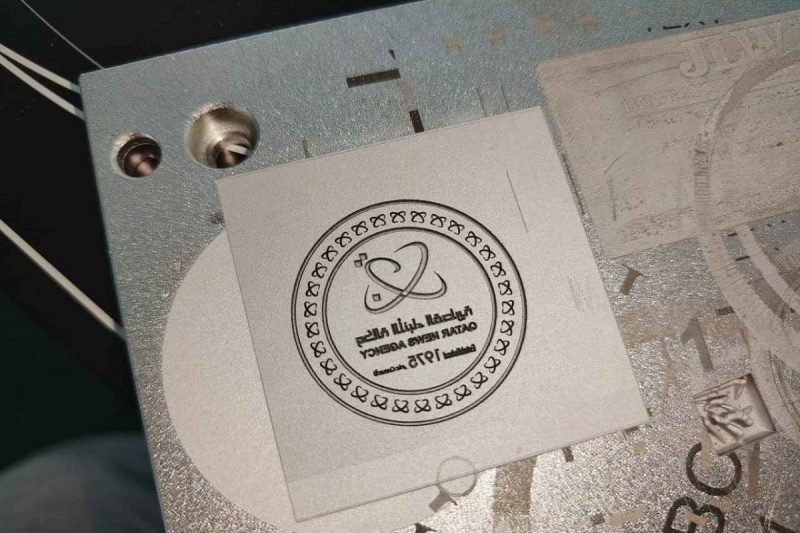
What Are The Different Types of Laser Marking?
Laser marking technology is an indispensable technology in modern industry. It is known for its high precision, high efficiency, and diversity. Laser marking is a process that uses a laser beam to etch, engrave, or mark the surface of a material. People can use laser marking to create logos, decorations, logos, and patterns in a variety of areas. There are many different methods of laser marking, each designed for specific materials and applications. This article will take an in-depth look at the different types of laser marking, how they work, and what types of machines are available.
Table of Contents

Basic principles of laser marking
Before we dive into the different types, let’s first understand the basic principles of laser marking. Laser marking refers to the process of marking the surface of parts or workpieces using laser technology. The laser beam hits the material, and its energy reacts with the material, causing etching, thermal change, or color change of the material, leaving permanent graphics, text, or coding marks. The speed, power, and focus of this laser beam on the part will result in different laser processes. The main principles of laser marking include:
Laser generation
The process of generating laser light usually occurs in a laser generator, which consists of an active medium, such as a gas, solid, or semiconductor, and uses an energy source (usually an electric current or light) to excite this medium.
Focusing of laser beam
The generated laser beam needs to be focused through an optical lens or mirror system to reduce the diameter of the laser beam and increase the energy density of the beam. Focus is key to laser marking as it determines the accuracy and intensity of the laser beam on the material surface.
Materials and Laser Interaction
The focused laser beam irradiates the surface of the material and interacts with the material. During this process, laser energy can cause etching, melting, vaporization, or color changes in the material, depending on the laser’s power, wavelength, and material properties.
Control and Positioning
The laser marking system uses computer control to achieve precise positioning and movement of the laser beam. The computer accurately controls the position and movement path of the laser beam based on predetermined patterns, text, or marks. This enables operators to achieve fine markings and engravings.

What are the different types of laser marking?
There are a variety of laser marking systems suitable for the part manufacturing process. Each has its own mechanism for using lasers. For example, laser engraving is mainly used to remove a certain part of the material, so it is suitable for logo or character processing. Understanding the different laser marking processes can help you decide which laser marking system is best for your industry. These most common laser marking processes are:
Laser etching
Laser marking machines etch workpieces by releasing a pulsed laser beam on their surface. Laser etching is a process that uses a laser beam to remove material from an object’s surface to create a mark or pattern. This method is usually used to engrave logos, numbers, serial numbers, images or text, etc. Laser etching works by focusing a high-energy laser beam on the surface of the workpiece. The material absorbs the beam and converts it into heat to melt the surface and raise it, which then evaporates or oxidizes, creating visible marks on the surface of the material. Laser etching is commonly used on materials such as metals, ceramics, plastics, glass, and wood because it produces high-contrast and precise marks without requiring direct contact with the workpiece surface.
Laser engraving
Laser engraving is the most common marking method used in part manufacturing and prototyping. Laser engraving is a subtractive process that uses a laser beam to remove part of the surface of a material. The material is removed and turned into plasma or vapor, which is expelled by a fume evacuator. Laser engraving is similar to etching, but focuses more on creating beautiful artistic or decorative patterns on the surface of the workpiece. Often used to create personalized gifts, jewelry, artwork, wood products, leather products, etc. Laser engraving can create more complex textures, patterns, and details on the surface of a material than etching, making it ideal for many creative fields.
Color laser marking
Color laser marking is a relatively new technology that allows the creation of color images and marks on the surface of a workpiece. Coloring metal or plastic by heating a specific surface part according to the desired result. You can color plastics using a foaming process, where polymers are manipulated to create colors at different wavelengths, typically ranging from infrared to ultraviolet. Metal coloring, on the other hand, uses an oxidation process applied to treated or untreated surfaces, which is achieved by using multiple laser beams or adjusting the frequency and power of the laser beams. Color laser marking is widely used in packaging, signage, advertising, and artwork to enhance visual appeal.
Laser annealing
Laser annealing is a process that uses a laser beam to heat and cool the surface of a material to change its properties and hardness, and is typically used for products with important dimensional accuracy. It involves using a laser beam to slowly heat and cool a metal surface, and the heat is not highly aggressive when applied to the material surface. This process leaves a clean black mark that changes color (yellow, red, or green) depending on the temperature of the metal surface. This technology is commonly used in metal processing, including iron, titanium, steel, and stainless steel materials, especially in manufacturing to improve the strength and corrosion resistance of materials. Laser annealing can be achieved by precisely controlling the energy distribution of the laser so that local hardening or annealing effects can be achieved without affecting the overall structure of the workpiece.
Laser Carbon Migration
Laser carbon migration is a laser marking technology applied to plastic and polymer materials. Its principle is to focus the laser beam on the surface of the material, heating the surface material, chemically bonding the carbon molecules, and then producing high-contrast patterns or marks on the material. The carbon migration process is faster because it concentrates a large amount of energy in a small area at a rapid rate. This method is commonly used in manufacturing for signage, signage, packaging, and electronics because it creates clear, long-lasting marks on plastic surfaces without compromising the material’s mechanical properties.
To summarize, different types of laser marking technologies play an important role in various application areas. They provide high-precision, high-efficiency, and contact-free marking and processing methods that can meet the needs of different industries.

Other processes that can be used for direct marking
In addition to laser marking, there are a variety of processes that can be used to directly mark different types of materials. Each of these processes has its own characteristics and is suitable for various application fields. Here are some common direct marking processes:
Sandblasting
Sandblasting is a process that removes material by spraying abrasive particles onto its surface. It is commonly used for marking and decorating glass, ceramics, stone, and metal. Sandblasting can achieve deep engravings and rough surfaces for applications requiring durable markings such as tombstones, glass containers, and automotive glass.
Mechanical engraving
Mechanical engraving is a common direct marking process that typically uses a cutter or milling cutter to cut or engrave the surface of a material. This process is suitable for hard materials such as metal, plastic, wood, and stone. Mechanical engraving machines can create deep grooves, marks, text, or decorative patterns on the surface of a material based on a predetermined design or template. The advantages of mechanical engraving include high precision and durability, making it suitable for applications that require deep engraving, such as seal engraving, engraved artwork, and decoration manufacturing.
Inkjet marking
Inkjet printing is a process in which ink is sprayed onto the surface of a material to create patterns, text, and images. There are two main types of inkjet marking: thermal inkjet marking and chemical inkjet marking. Inkjet printing enables high-resolution, colorful, and variable data marking for packaging, labels, advertising, and text printing.
Electrochemical etching
Electrochemical etching is a process that removes material from a metal surface by using an electric current in an electrolyte solution. It works by printing the design onto a photoresist, exposing it to UV light, and then placing the laminated design onto the metal surface. When you expose a device to an etching solution such as ferric chloride, the exposed parts become etched. Therefore, it is suitable for direct marking and corrosion of metal surfaces and is often used to manufacture signs, logos, part marks, and serial numbers.
Thermal transfer
Thermal transfer is a process by which a printed pattern is transferred from a transfer paper to the surface of a material. It is commonly used for marking textiles, ceramics, ceramic tiles, ceramic mugs, and metal surfaces. Thermal transfer uses heat-sensitive ink or toner to transfer a pattern to the material using heat and pressure. This process enables high-resolution and colorful markings, suitable for personalization and advertising promotional materials that require printed graphics.
Summarize
Laser marking is a diverse technology that can be adapted to a variety of application needs and material types. Different types of laser marking methods play a key role in various fields, providing innovative solutions in areas such as manufacturing, signage, art, and medicine. As laser technology continues to advance, we can expect more new laser marking methods and applications to emerge to meet changing needs and challenges. By reading the above articles, you can have a certain understanding of the various processes of laser marking and delve into issues related to laser marking machines, such as the application of laser marking machines. Welcome to contact us at AccTek Laser.
Contact information
- [email protected]
- [email protected]
- +86-19963414011
- No. 3 Zone A, Lunzhen Industrial Zone,Yucheng City , Shandong Province.
Get Laser Solutions
